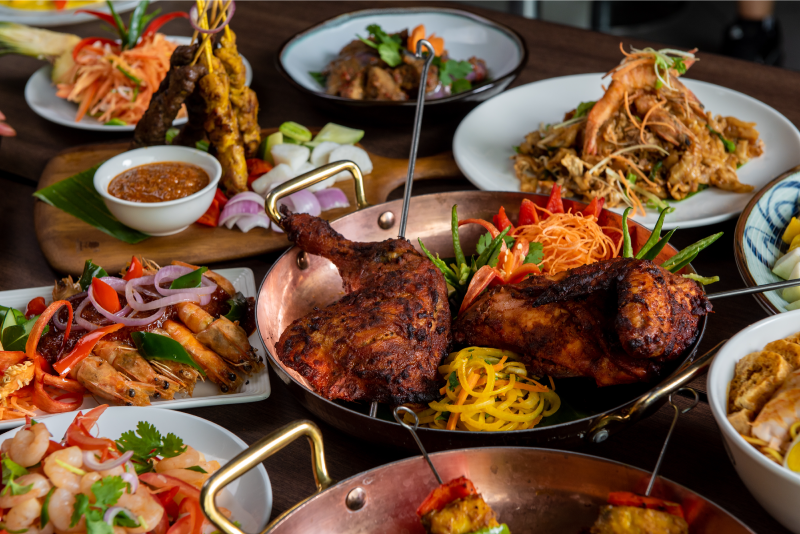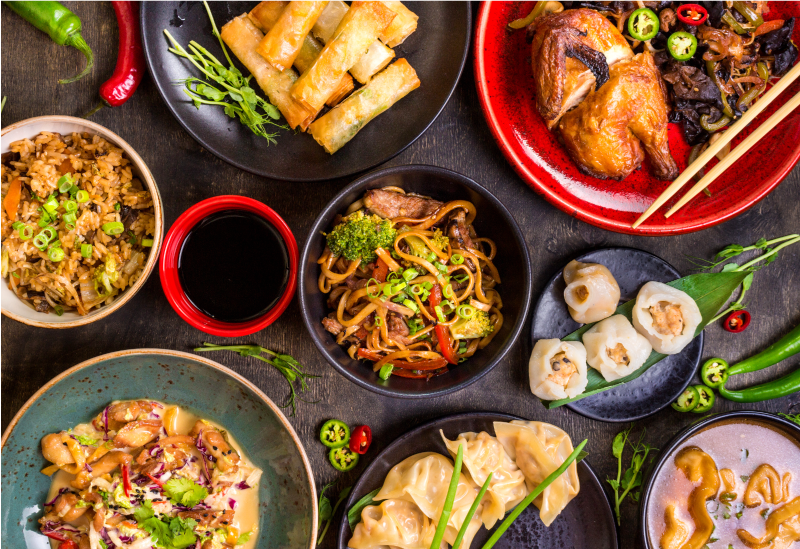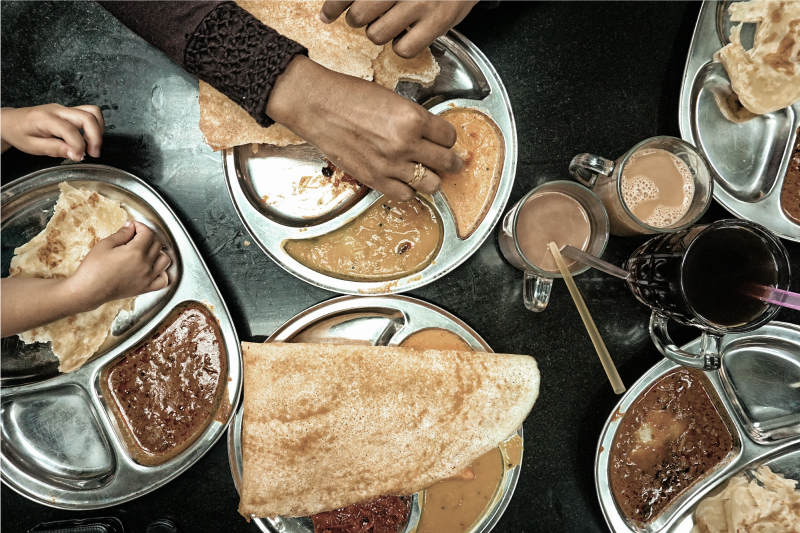
Being home to people with various cultural backgrounds, Malaysia is one of Asia’s well-known cultural melting pots. Given its location, trade and colonial history, it has been influenced greatly by different parts of the world. Together with a very diverse population consisting of many different ethnic groups, a cuisine was developed as a mélange between local and western cultures.
Malaysian flavours are a unique combination of sweet, sour, rich and spicy, combined in a way unlike any other country’s cuisine. The backbone of every Malaysian meal is rice, accompanied by generous amounts of fresh seafood, meat, chillies, curries, coconut milk and spices.
It is here the gastronomic adventure begins, with Indian curries, Chinese soups and Malay desserts tantalizing the taste buds and igniting any food lover’s imagination. Don’t forget the street food, whether in cities, villages or small towns, which can be found almost everywhere in Malaysia.
Malaysian cuisine represents the mixing of many influences and they have an enormous impact on our food. From Malays, Chinese and Indians together with the Portuguese, Dutch and British influences have brought their culinary traditions to this place, and their flavours have been adapted to our local tastes. Let’s look at how the ethnic influences play a part into making Malaysia’s food heritage an identity by itself.
Malay food
Malay food is steeped in tradition and has been influenced by neighbouring island countries in all directions including Indonesia, Thailand and Singapore. Spice was introduced during the 15th century when the peninsular became a spice trading hub from merchants over the east and Europe. Malay dishes today are created with the use of aromatic herbs and roots such as chilies, lime and ginger, while belacan and coconut milk are also commonly added.
Chinese food

Chinese cuisine in Malaysia includes Cantonese, Hokkien, Hakka, Hainanese or Teochew dishes, offering different provincial styles of cooking. Malaysia’s most popular hawker dish – Char Kway Teow was invented by the Hokkien and Teochew community while the ever-comforting Hainanese chicken rice hailed from the Chinese province of Hainan.
Indian food
The Indian influence in Malaysian cooking is defined by the North and South Indian styles. From dishes like banana leaf curry rice and pickled vegetables from the south to the breads made from wheat flour, chapatis, paratas and roti from the north, they can be found anywhere in Malaysia. From the combination of both the north and south birthed some unique Malaysian Indian dishes like roti telur, roti canai and murtabak which can be found in most mamak stalls.
Peranakan food
Malaysia’s substantial Chinese community has also had a significant impact on Malaysian cuisine. Peranakan and Nyonya cuisine, which is a fusion of Chinese and Malay cooking techniques and ingredients is the perfect example of two cultures fusing as one, creating a taste that is completely its own.
The mamak culture

Mamak is a unique fixture that can be found anywhere and it’s a place where Malaysians from all walks of life congregate, chat and socialize over a drink or eat after a hard day’s work. Mamak-style food like roti canai served with dhall or curry, mee goreng and nasi lemak are commonly served together with teh tarik, milo or coffee.
Our culture’s diverse cuisine makes eating out so much more exciting! Whether you’re exploring cultures on your own or engaging in a communal meal with others, enjoy the mouth-watering array of delicious delicacies that makes us unique.
